SLV LED lamps and tubes
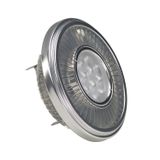

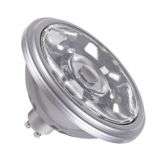
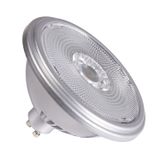
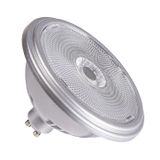
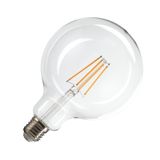

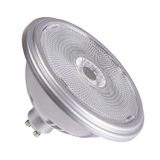
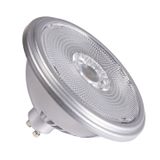
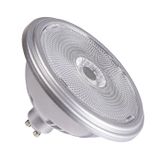

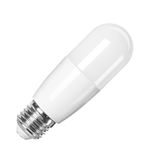
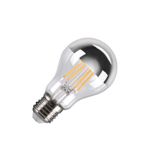
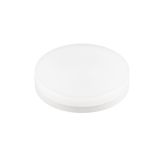
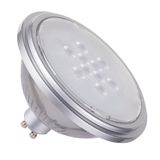
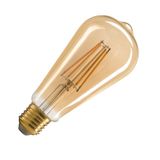
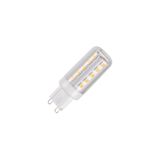
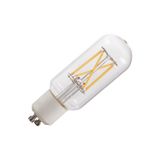
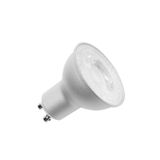
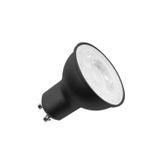

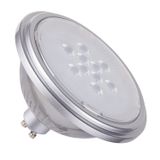

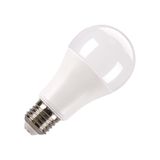
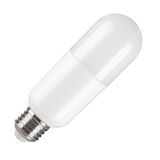
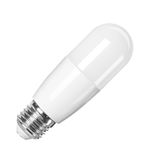

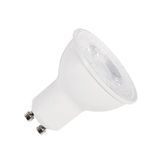

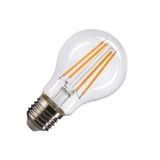

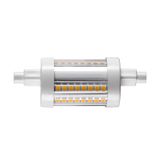
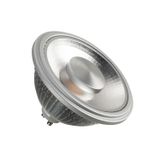

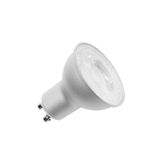

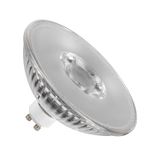

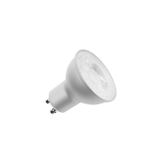
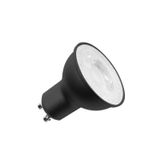


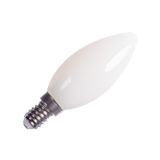
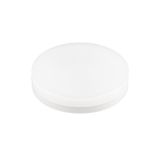
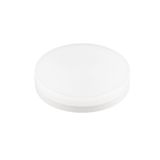
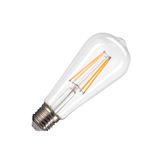
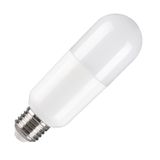

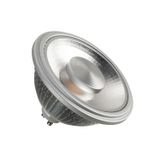
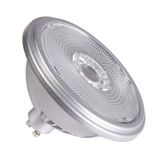
slv led lighting overview for professionals
SLV LED lamps serve everyday retrofit work and new projects where reliable lumen output, stable color, and clean dimming are mandatory. The portfolio spans mains-voltage GU10 and E27, low-voltage MR16/GU5.3 at 12 V, and specialty bases such as G9, GX53, and G53 for display and retail punch. Output classes run from ~250–1 500 lm with common beams 15°/24°/36°/60°; CRI 80 for back-of-house and CRI 90/95 for galleries and fashion. Correlated color temperatures include 2 700/3 000/3 500/4 000/6 500 K; MacAdam ≤3 SDCM binning keeps long ceiling grids uniform.
Product range and series overview
You’ll find compact reflectors for accenting, omni bulbs for general rooms, and high-output AR111/G53 types where long throws demand candela rather than mere lumens. Glass-body GU10s suit visible fixtures; polycarbonate heat-spreader versions ride cooler in tight cans. For wet or dusty zones, select encapsulated lamps or pair standard lamps with IP-rated housings; most lamp capsules are IP20 while the luminaire provides the environmental seal. Typical lifetimes are L70 25–50k h at Ta 25 °C with switching cycles specified for sensor corridors.
Technical specifications and standards
Mains models operate 220–240 V, 50/60 Hz. MR16 types use 12 V and require compatible electronic transformers or constant-voltage drivers with the correct waveform. Power factor is generally ≥0.90 at nominal load; THD stays in the 10–15 % band on pro drivers. Dimming curves track DALI-2 DT6 via driver, 1–10 V for larger groups, or phase-cut (trailing edge preferred) on GU10/E27 retrofits—publish the minimum stable level; many lamps hold 1–5 % without shimmer. Flicker performance targets office norms (PstLM ≤1.0, SVM ≤0.4) where specified. Thermal limits: Tc points are accessible; keep insulation clear and respect Ta −20…+40 °C. Photometry is available in IES/LDT per beam and CCT. Lamps and controlgear align with EN/IEC 62560, 61347, 61000-3-2/-3-3, 55015, and 61547.
slv dimmable led lighting control methods
For small rooms, phase-cut on GU10/E27 is fine when dimmer and load window match; avoid mixed wattages on the same channel. For open offices or long retail runs, move dimming upstream: DALI-2 drivers feeding MR16 or dedicated modules bring group control, scenes, and lower acoustic noise. Always document inrush per circuit, even for lamps with integrated drivers—panel schedules and MCB selection go smoother when this is published early.
Applications and compatibility
Hospitality uses warm 2 700–3 000 K with CRI ≥90 and 24–36° beams over tables. Fashion retail leans to 3 000–3 500 K, CRI 90+, R9>50, and tighter 15–24° for punch. Offices and schools prefer 4 000 K, wide beams, and glare control from the luminaire. Museums stick to high CRI and low flicker; check UV/blue-light disclosures when exhibits are sensitive. Where the spec simply says slv led light, match socket, beam, CCT, and driver method before you lock the substitution.
Integration with other SLV products
Lamps drop into SLV downlights, spots, and decorative pendants; mechanical fit is tightened with SLV frames for clean apertures. For pendants and linears, pair with the SLV suspension kit so loads and ceiling anchors are documented. Low-voltage MR16 lines team with SLV transformers (12 V) sized for total VA and minimum-load behavior. Feature lines can combine lamps with SLV light ribbon hose strip solutions to balance task and accent on the same DALI universe.
slv decorative led lighting finishes and optics
Visible lamps in open fixtures benefit from glass envelopes and consistent filament geometry for pleasant sparkle in bars and lobbies. Frosted globes and opal caps hide diode images in shallow shades. Where glare needs taming, choose lamps with recessed emitters or add micro-prismatic lenses in the luminaire. Keep one RAL across trims and bezels so finishes line up under mixed 3 000–4 000 K house lighting.
Selection criteria for B2B clients
Start with target lux and beam; then set CCT/CRI per space. Confirm dimming method and channel capacity; harmonize on trailing-edge for retrofits or DALI-2 for projects with a controls backbone. Check transformer compatibility for MR16—many electronic transformers need a minimum VA; undershoot and you’ll see flicker or no-start. Validate thermal space in cans; compact drivers still need airflow. For energy budgets and EPC goals, specify efficacy ≥90–110 lm/W on general lighting and hold reserve on the circuit to accommodate maintenance over life—this is where slv energy saving lighting delivers quick payback without changing the ceiling pattern.
Advantages of working with Bankoflamps
You receive individual B2B pricing and a named account manager who aligns sockets, beams, CCT/CRI, drivers, frames, and suspension with your room data sheets and single-lines. The portal shows live EU stock by warehouse; quotes usually land in about an hour with EAN/MPN, lumen/beam files, dimming notes, inrush, PF/THD, and Tc limits. Orders go in by manufacturer code; downloadable price lists stay current with validity windows. We track lead times and order status, provide purchase-history analytics, and offer post-payment up to 30 days for trusted clients. Consolidated shipments by line and zone cut freight and site sorting. We actively support projects in France, the Baltics, Germany, Spain, Italy, Belgium, and the Netherlands.